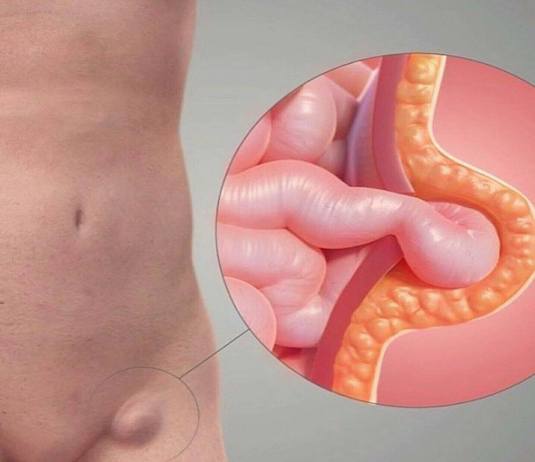Category: News & Events
-

Bulimia
I – Introduction: A- Definition of bulimia: Bulimia is an eating disorder characterized by recurrent episodes of binge eating in a limited amount of time, followed by compensatory behaviors to prevent weight gain such as self-induced vomiting, laxative use, prolonged fasts, or exercise excessive physical. People with bulimia often experience a loss of control over their…
-

Sinusitis
I – Introduction: A- Definition of sinusitis: Sinusitis is an inflammation of the paranasal cavities, which are hollow spaces located in the facial bones around the nose. The sinuses normally produce mucus to help moisten and clean the air we breathe, but when infected or inflamed, mucus can build up causing symptoms such as facial pain,…
-

Urticaria
I – Introduction: A- Definition of urticaria: Hives are a skin reaction that manifests as red, swollen patches, called papules, that can appear anywhere on the body. These plaques are often accompanied by itching, and can group together to form larger lesions. Hives are caused by the release of histamine and other chemicals in the blood, in…
-

Ebola
I – Introduction: A- General presentation of the disease: Ebola is a serious viral disease that can cause hemorrhagic fever in humans and non-human primates such as monkeys and chimpanzees. The Ebola virus belongs to the family of filoviruses, which are thread-like viruses that can cause fatal infections in humans. Symptoms of Ebola disease include high fever,…
-

Pharyngitis
I – Introduction: A- Definition of pharyngitis: Pharyngitis is an inflammation of the throat that can be caused by a viral or bacterial infection, as well as other factors such as allergies or environmental irritants. It is characterized by sore throat, hoarse voice, cough, fever, headache and fatigue. The pharynx is an important part of the respiratory…
-

Type 2 diabetes
I – Introduction: A- Definition of type 2 diabetes: Type 2 diabetes is a chronic metabolic disease characterized by an abnormal rise in blood glucose levels. It occurs when the body cannot produce enough insulin or when the body’s cells no longer respond properly to the insulin produced. Insulin is a hormone produced by the pancreas that…
-

Algodystrophy
I – Introduction: A- Definition of algodystrophy: Algodystrophy is a chronic painful condition that affects the joints, tendons and muscles. This condition can be triggered by physical trauma, surgery, or other factors. Algodystrophy is characterized by symptoms such as chronic pain, inflammation, stiffness, blood circulation disorders and sensory disturbances. Diagnosing reflex sympathetic dystrophy may require a thorough physical…
-

Inguinal hernia
I – Introduction: A- Definition of inguinal hernia: Inguinal hernia is a common condition characterized by the projection of an abdominal organ or tissue through a weak point in the abdominal wall, also called the “inguinal orifice”. This type of hernia is most common in men, but it can also affect women. Inguinal hernia usually occurs when…
-

Diabetes
I – Introduction: A- Definition of diabetes: Diabetes is a chronic disease characterized by high levels of glucose (or sugar) in the blood. This rise in blood sugar can be caused by a lack of insulin, the hormone that allows glucose to enter cells to be used for energy. Diabetes is divided into two main types: type…
-

Meningitis
I – Introduction: A- Definition of meningitis: Meningitis is a potentially serious disease that affects the membranes that surround the brain and spinal cord. It is caused by an infection, usually bacterial or viral, which can spread from other parts of the body to the central nervous system. Symptoms of meningitis can include fever, severe headache, stiff…
You must be logged in to post a comment.